This direction not only opens up opportunities for sustainable economic development, but also contributes to preserving and promoting precious cultural heritages that have been built up over many generations, continuing for future generations.
With more than 40 national intangible cultural heritages and a number of representative heritages of humanity, Lao Cai province is a locality with a large number of cultural heritages. Based on this treasure, along with beautiful natural scenery, the locality has been encouraging people in villages and hamlets to take advantage of the opportunity to develop community tourism .
In Muong Hoa commune, Sa Pa town, the image of Hmong women sitting at weaving looms has long become an indispensable cultural feature. Sung Thi Lan, a resident of Hoa Su Pan 1 village, shared: “My mother taught me how to weave since I was a child, and when I was in primary school, I was taught by teachers. Every Hmong girl must learn to weave so that she can later make clothes for herself and her loved ones.”
The traditional costumes are completely handmade through many meticulous stages, demonstrating the skills of the H'Mong women here. Ms. Hoang Thi Vuong, Head of the Department of Culture, Science and Information of Sa Pa town said: "The town has had policies to encourage and create conditions for people to develop traditional occupations such as opening brocade embroidery classes, learning beeswax painting... From there, people can preserve and promote the cultural identity of the nation".
Not only in Sa Pa, other traditional crafts are also being preserved in many other areas of the province. In Nghia Do commune, Bao Yen district, the Tay people still maintain the traditional weaving craft. Ms. Luong Thi Cuong said: "To have good quality products, choosing bamboo strips for weaving is very important, the bamboo, reed, and giang trees used for weaving must be of suitable age and meet the standards".
Bamboo woven products have become indispensable items in the lives of the local people, and are also popular souvenirs for tourists. Mr. Tran Quang Truong, a tourist from Ha Nam province, said: “The products of the Tay ethnic people in Nghia Do are very sophisticated, with unique patterns that are rarely found anywhere else, including some products that are popular with tourists and are bought as collections.”
In addition to traditional occupations, festivals and community cultural activities are also being restored and promoted. To date, Lao Cai province has restored more than 20 festivals of 13 ethnic groups. Secretary of Van Ban District Party Committee Nguyen Anh Chuyen said: "The cultural values of the people have also been aroused, creating new awareness of cultural and social values, contributing to the process of hunger eradication and poverty reduction."
At Cat Cat community tourism site, Sa Pa town, the model of combining cultural preservation with social security care is showing clear effectiveness. After the impact of the pandemic and natural disasters, this place is gradually recovering. According to Mr. Nguyen Trung Kien, Deputy Director of Cat Cat Tourism One Member Limited Liability Company, community tourism is for people to directly participate in tourism activities and bring benefits to themselves, while preserving the unique traditional culture of the locality. To do this, in recent years, many resources have been mobilized from national target programs to local development projects.
Here, more than 20 children in difficult circumstances were supported with funds to participate in cultural activities with tourists. Of which, more than 10 elderly people were supported with free housing and participated in introducing traditional crafts, together with local people participating in other activities such as: selling souvenirs, guiding tourists to visit and experience...
Notably, homestay models are also developing strongly in places such as Ta Van, Muong Hoa, Ta Phin, Ban Lien, Trung Do... According to preliminary statistics, Lao Cai province currently has more than 400 community accommodation establishments, attracting more than 1,500 workers, most of whom are family members, helping to increase average income from 50-70 million VND/year, with some households reaching 150-200 million VND/year.
Through the experience, many domestic and international tourists are attracted by the village space and the indigenous lifestyle of the ethnic minorities in the Northwest. Ms. Tahlia, a tourist from Australia, said: “I chose to stay at a homestay because I like the people and culture in the village area, it is different from the urban area. It is very beautiful here and it is an interesting experience”. Ms. Luong Thi Tranh in Ta Van commune said: “Previously, it was mainly foreign tourists who came to visit and stay, but in recent years, Vietnamese tourists also really like to experience the cultural space of the Giay people”.
With the motto of “turning heritage into assets”, Lao Cai province is implementing synchronous solutions to preserve cultural heritage in parallel with developing tourism economy. Mr. Duong Tuan Nghia, Deputy Director of the Department of Culture, Sports and Tourism of Lao Cai province said: “We promote the cultural subject, that is, the role of the people in preserving heritage, because our point of view is not to do it for the community but to be a companion with the community”.
This direction not only helps preserve indigenous cultural values but also gradually improves the material and spiritual life of the people in the highlands. It can be seen that community tourism associated with preserving traditional culture in Lao Cai province is affirming itself as a correct, practical and humane strategy, contributing to building the image of a Lao Cai with rich identity on the tourism map of Vietnam and the world.
Source: https://nhandan.vn/huong-phat-trien-ben-vung-du-lich-cong-dong-o-lao-cai-post885137.html








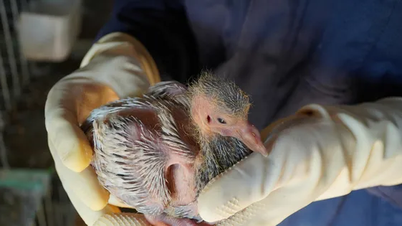

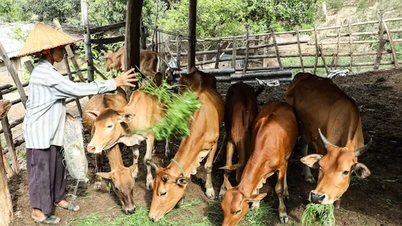
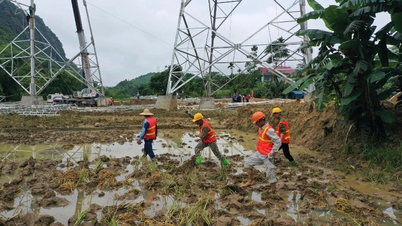

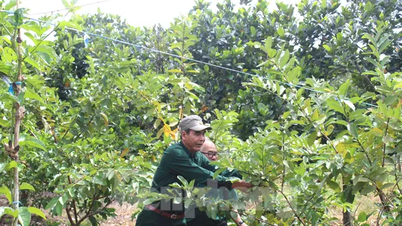
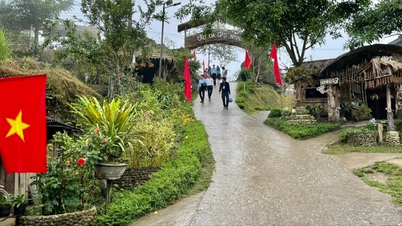





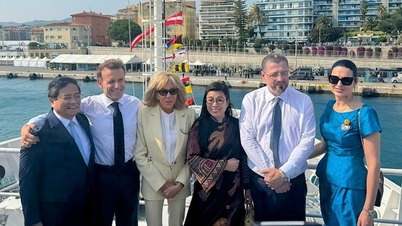
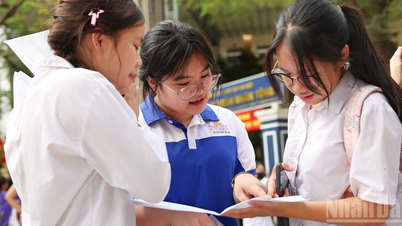
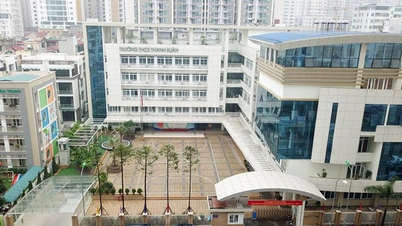

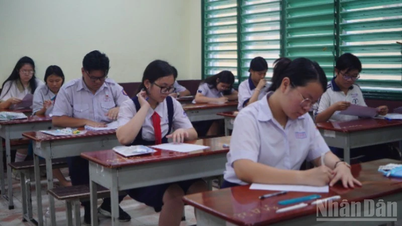

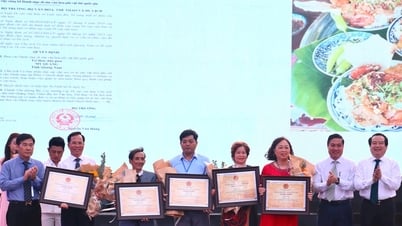

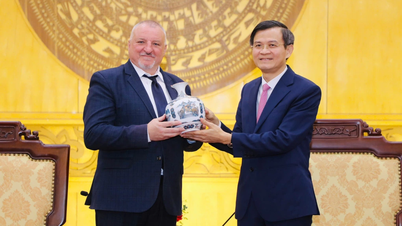

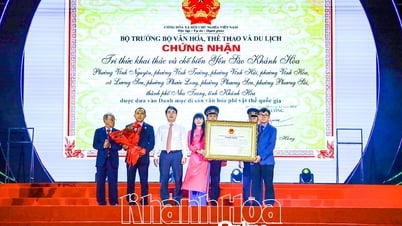

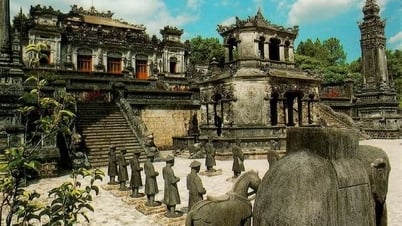






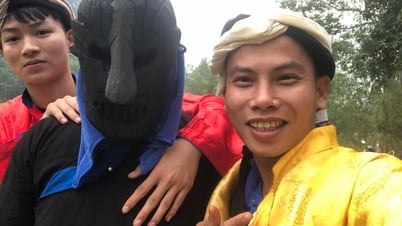



















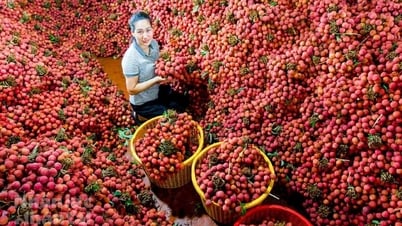
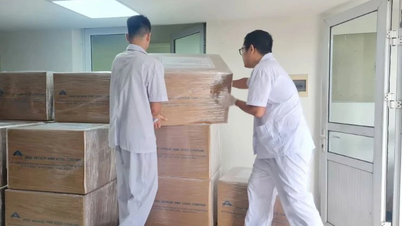



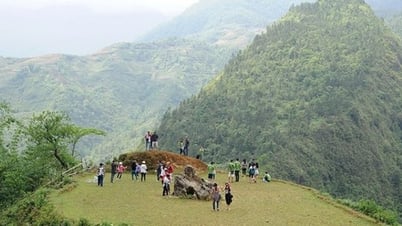



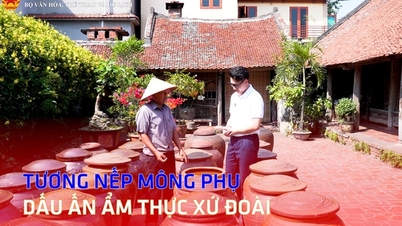
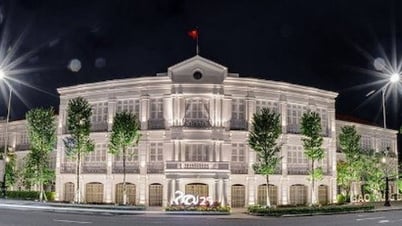







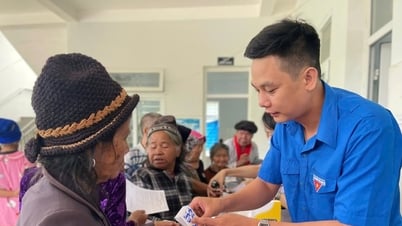


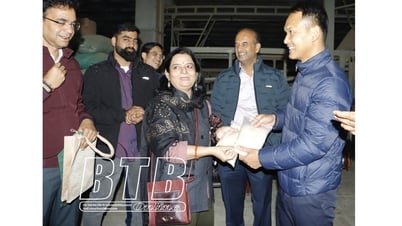




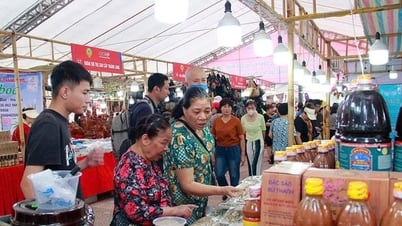


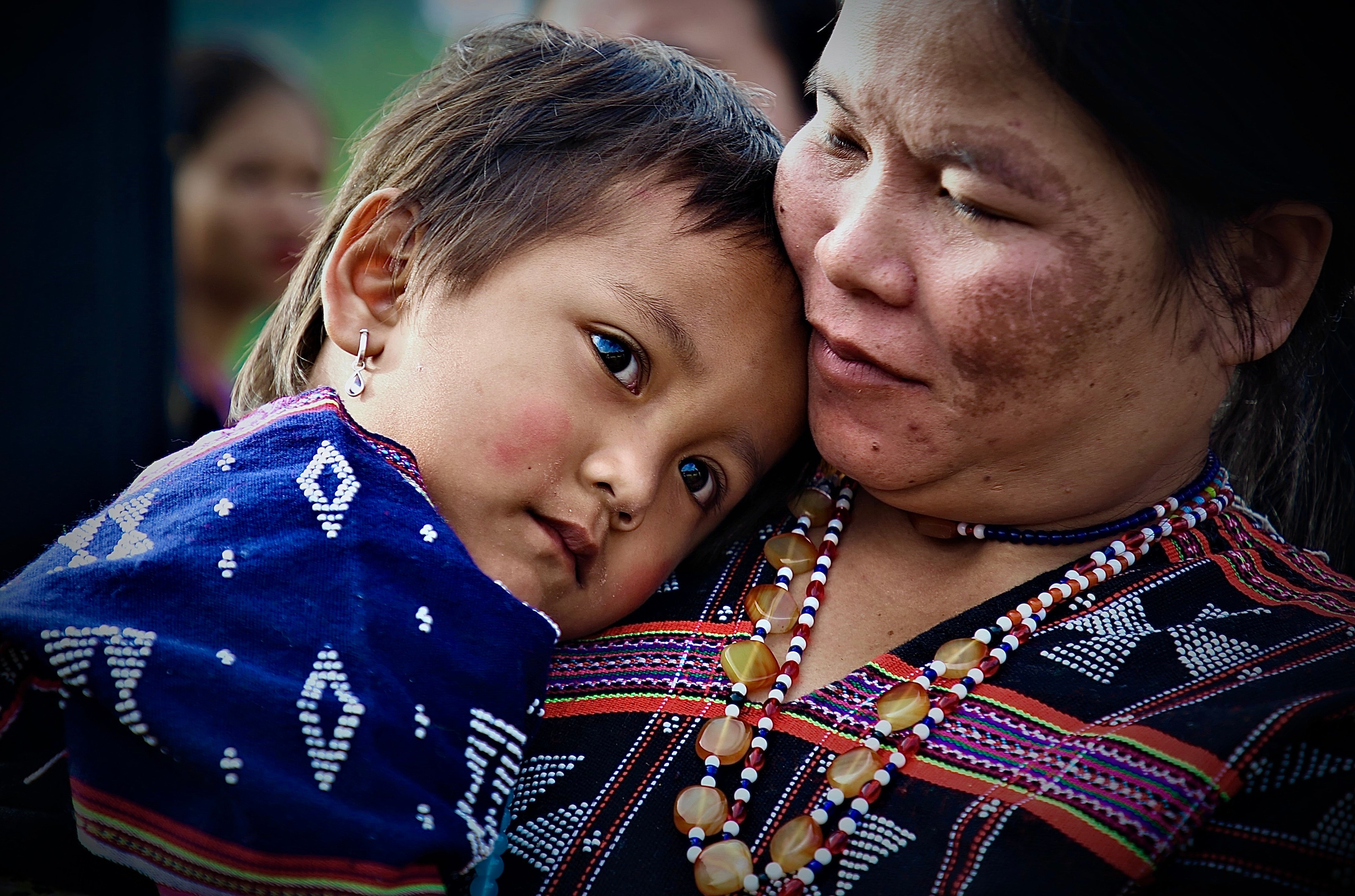
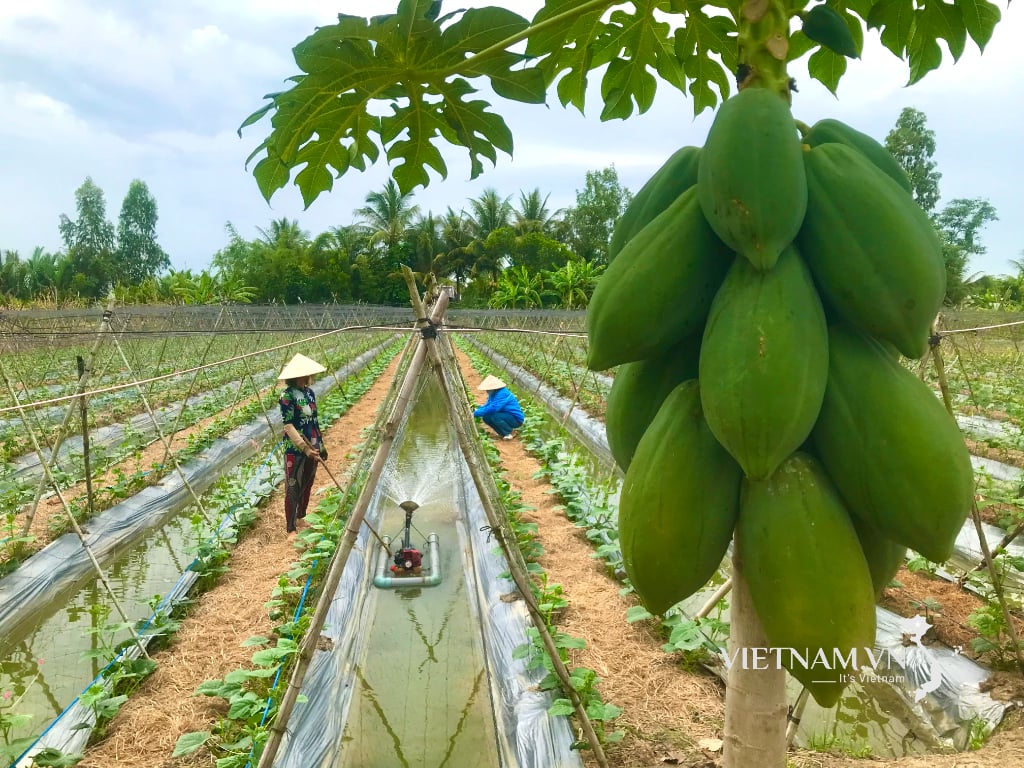
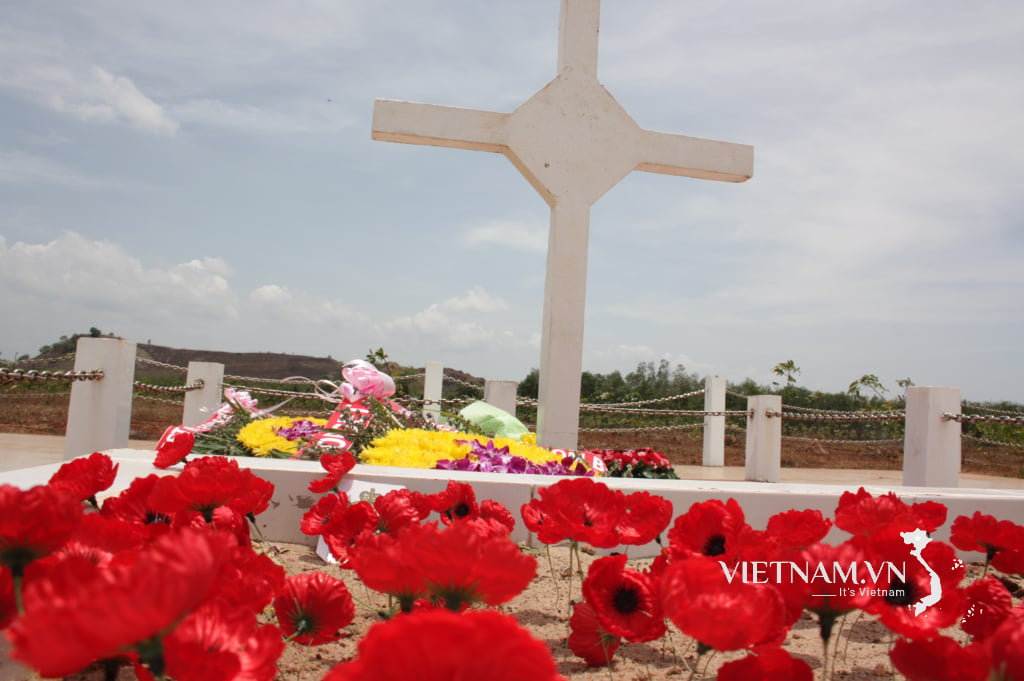

Comment (0)